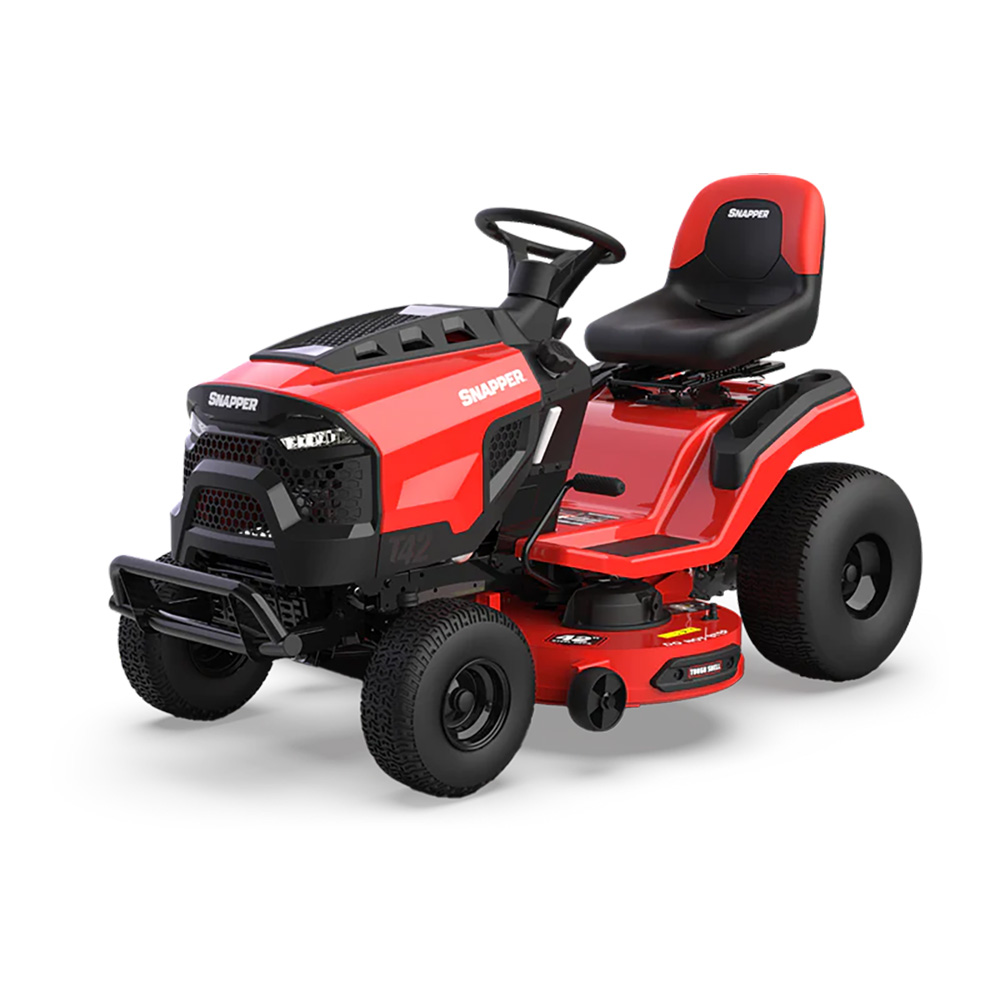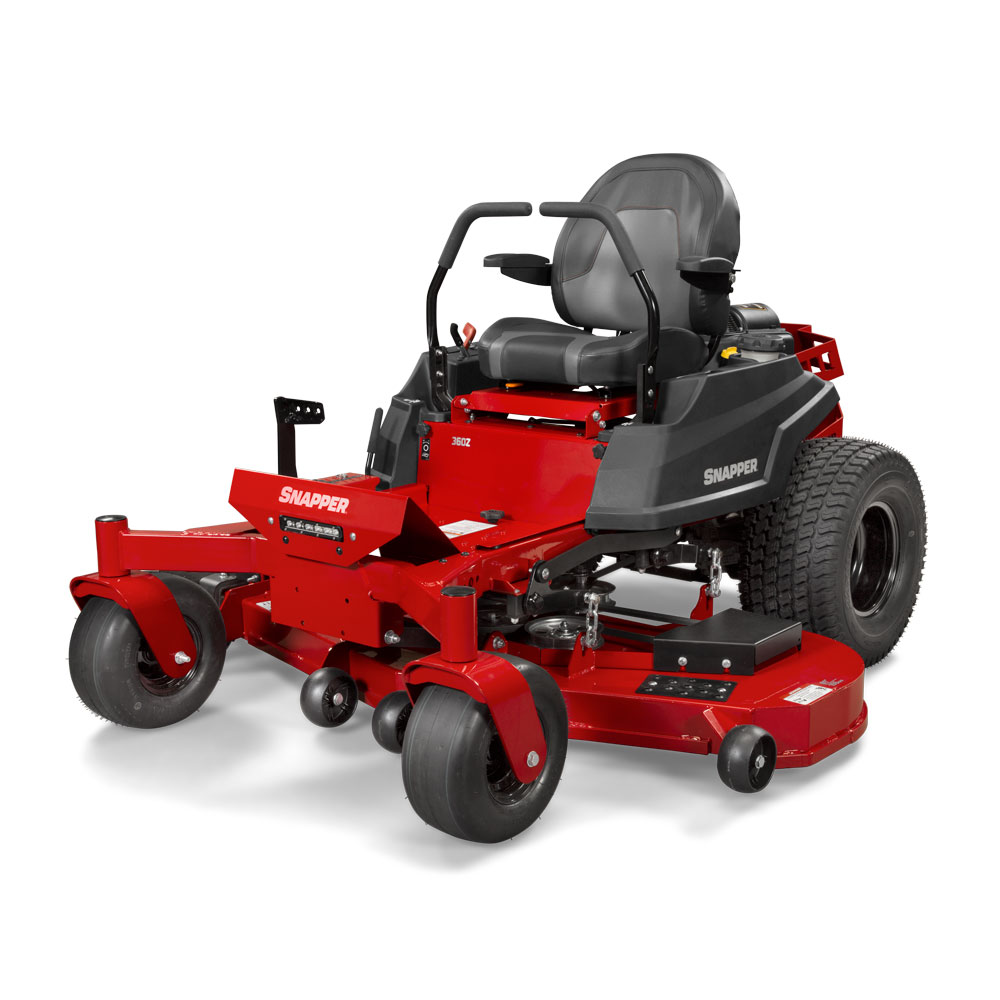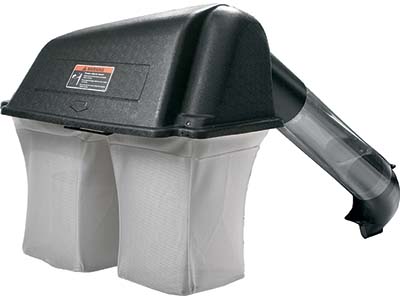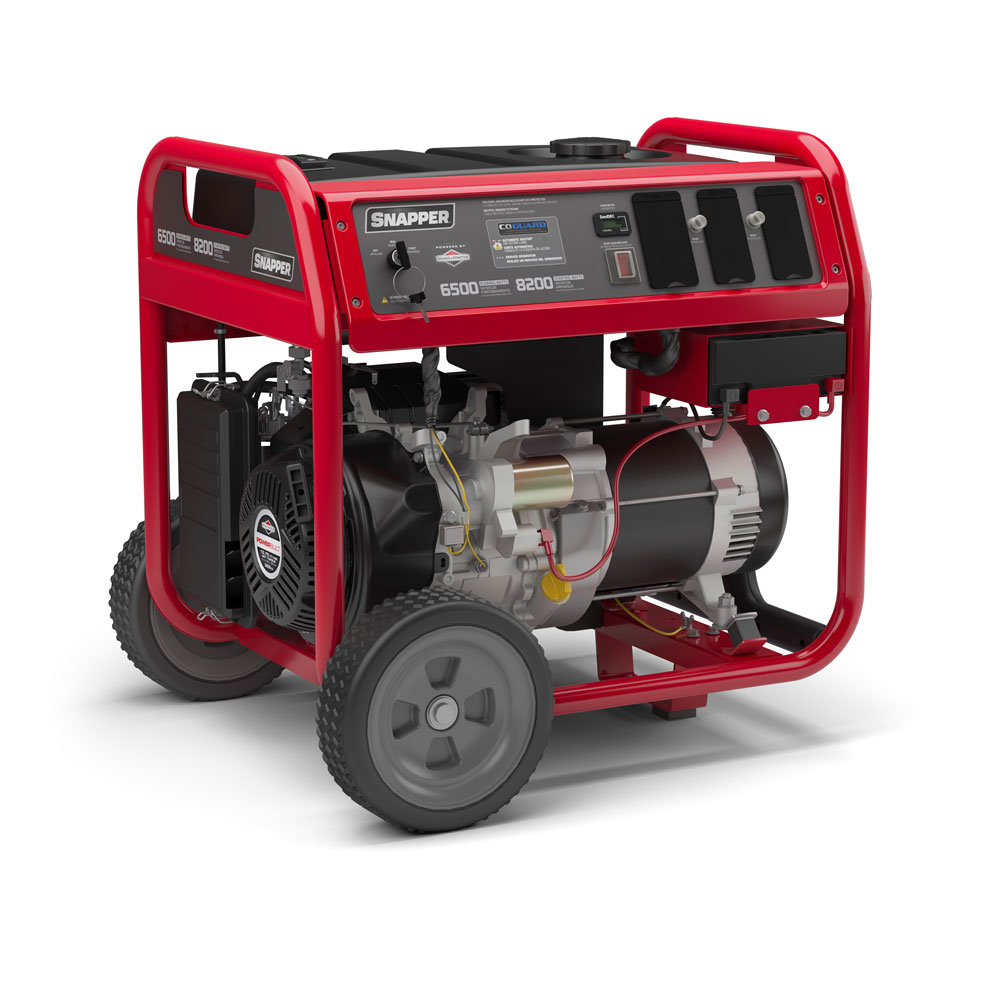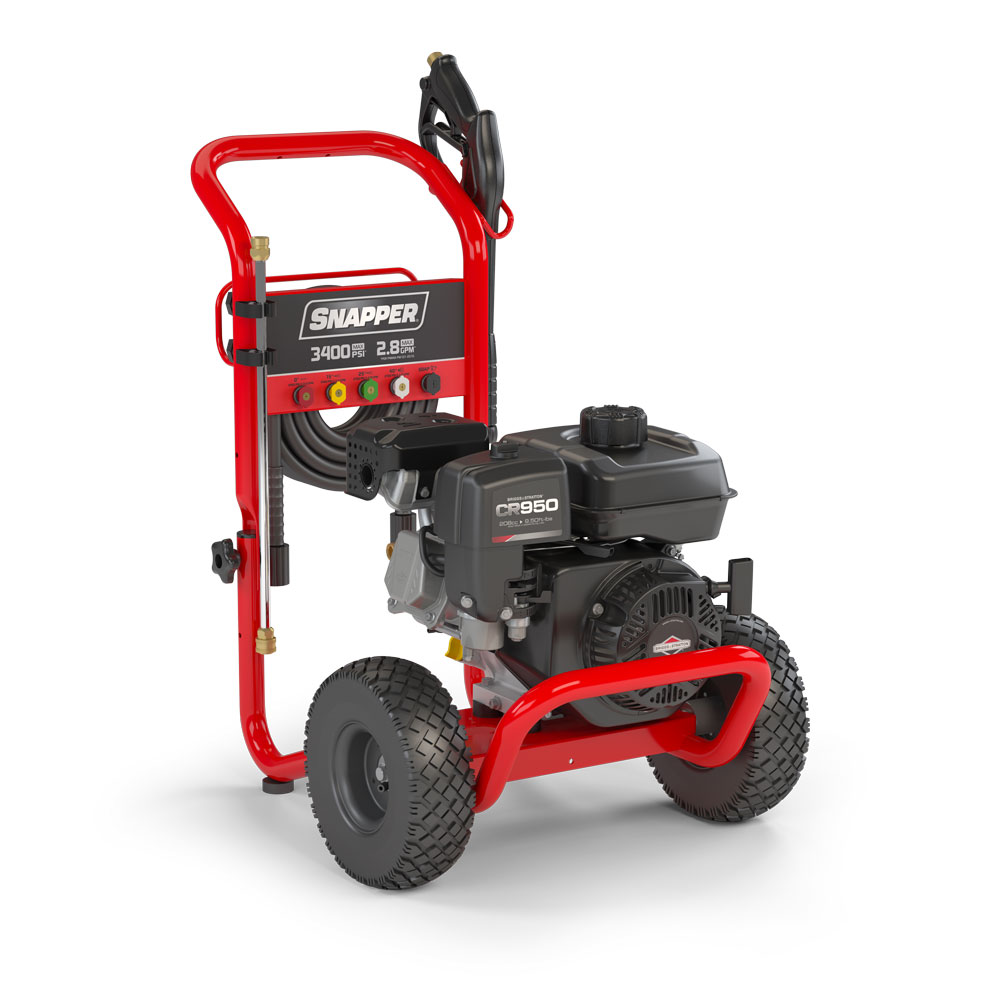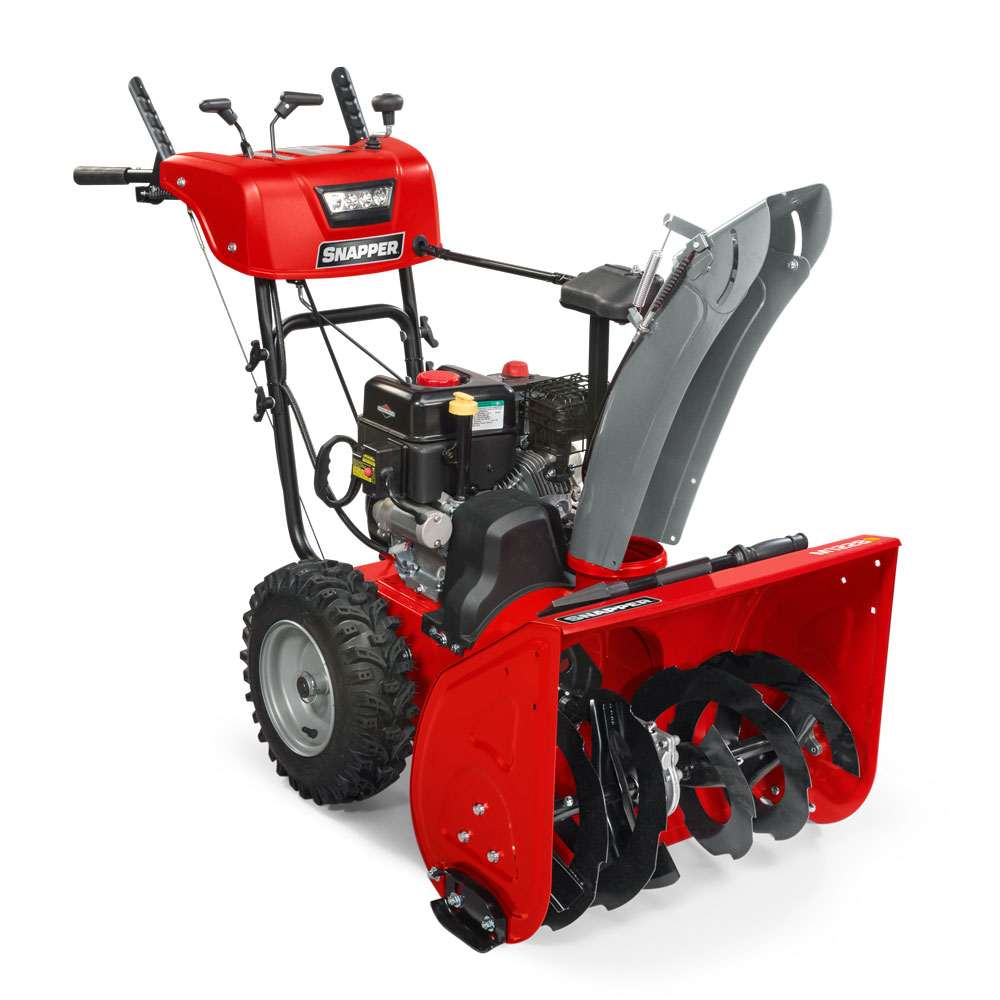3 Easy Steps to Spring Lawn Care Success
Here at Snapper®, the arrival of spring is one of our favorite times of year. Even though it means putting away our beloved snow blowers, we know that warmer weather means the grass is growing, flowers are blooming and we get to bring out our Snapper mowers.
Here are Snapper’s spring lawn care tips and tricks for maximizing the health of your lawn and getting the most out of your Snapper mower.
Prep the Soil & Grass for Spring Lawn Care
The spring is when you should be setting up your lawn to be as healthy and green as possible through the season and into the summer and fall. You can ensure a healthy lawn with a combination of fertilizer, watering and strategic mowing. The winter can cause damage to your soil’s pH levels, cause bare patches and allow weeds and disease to creep in. Getting a soil test can be helpful to gauge pH and nutrient levels and ensure you create the best conditions for grass growth.
Your lawn may be facing soil compaction after a winter of heavy, lingering snowfall. This makes it hard for your grass to take root, while allowing hardy weeds to take over. You can test for soil compaction by sticking a garden fork in your yard – if it doesn’t penetrate more than 2 inches, you should loosen your soil with an aerator or tiller. This will get your lawn ready for to be seeded.
Find more spring lawn care tips for a full list of fertilizer and watering advice.
Get Equipped with the Right Lawn Mowers & Outdoor Power Equipment
Once your lawn is green and growing, take care of your mowing duties with your Snapper mower. Whether you have a Snapper riding mower, push mower or zero turn mower, it’s important to maintain the health of your mower and its engine to make sure it’s running smooth every time you use it. Check out Snapper’s guide to riding mower maintenance to get the most out of your riding mower.
Snapper’s line of outdoor power equipment, beyond just mowers, features tools such as a Snapper string trimmer to conquer any weeds and other nuisance plants in your yard.
Speak to your local Snapper dealer today with any questions about maintaining or repairing your current Snapper mower, or to learn more about your options in purchasing a new one.
Follow Lawn Care & Mowing Tips to Get Green Grass
Need your grass to fill bald spots or reseed during your spring lawn care push? Choose the best grass seed for your lawn by doing some research on what’s the best kind for the level of sunlight and rain you get in your area. After planting seed, ensure you water it regularly and fertilize with a slow-release, low-nitrogen product.
Fertilize early in the season, but make sure to do so after the cold has left and before it gets too warm, as extreme temperatures can stress the grass. Read the fertilizer packages in-depth to find the right one for your grass, to know when and how much to water, and how often to fertilize.
After the grass has been growing for a while, mowing the lawn at the proper grass blade height will promote root growth, ensuring a healthy lawn through summer. A good rule of thumb is to mow when the grass reaches 3 or 4 inches in height, but make sure to not trim off more than a half-inch since doing so could stress the plants. It’s important to avoid scalping grass, which can happen if more than one-third of the grass blade is mowed, and it can kill patches of grass, causing irreparable damage to your lawn for the rest of the season.
Cutting the grass too short, even if you’re not scalping it, can be harmful to your lawn by removing nutrients from the grass blades and allowing space for weeds to grow. Slightly longer grass keeps your lawn healthier by keeping temperatures more consistent, retaining more water and having sturdier roots to battle weeds.
Common Grass Height Guide
This is a handy guide to height recommendations for different types of grass:
- Common bermudagrass: 1-2 inches
- Fescue: 2-3.5 inches
- Kentucky bluegrass: 2-3.5 inches
- St. Augustine: 2-4 inches
- Zoysia: 0.5-1.5 inches
Experts recommend that you mow your lawn often enough so that you're only removing the top one-third of the blades, which places less stress on the grass, while the smaller clippings are able to decompose more easily. After the initial yard clean-up, planting and fertilizing, maintain your lawn with regular watering, fertilization and mowing schedule.
With these spring lawn care tips in your arsenal, you can enjoy the warmer weather with your green, healthy, lush grass and have fun mowing with your Snapper mower.


